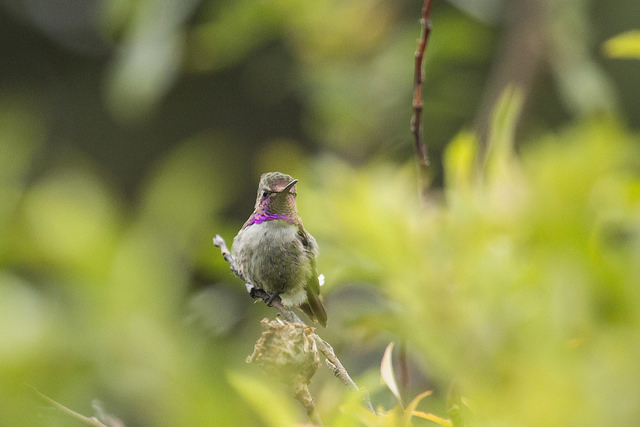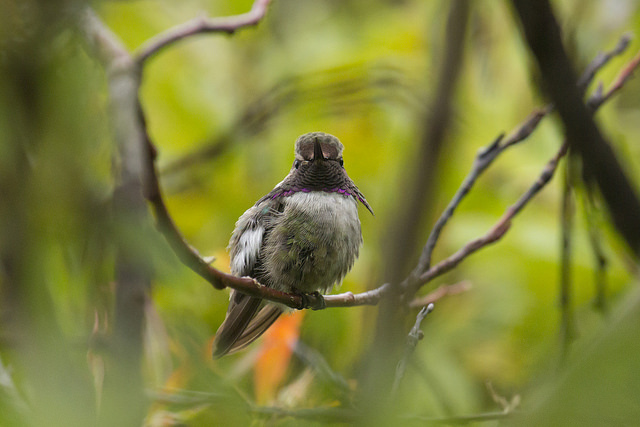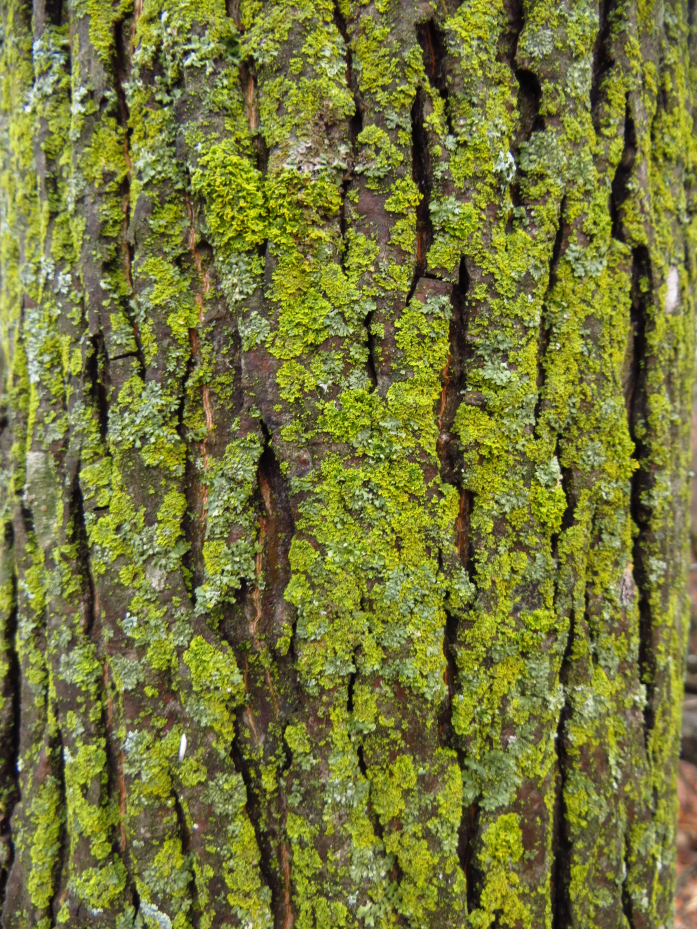Weighing in at just 1/10th of an ounce, the costa’s hummingbird would easily go unnoticed by all but the most delicate of scales. Though, what he lacks in size he makes up in ego and flash. The male’s throat sports an iridescent and flamboyant gorget that wraps around his face like a ridiculous purple mustache. His ‘stache is the envy of every fire chief and biker alike. But for all his frill and glitz, he is somewhat of a prude in that his territory is very precise: desert. More specifically, the low, hot deserts of California and Arizona.
So imagine, then, every birders’ confusion in Homer, Alaska when Kachemak Bay Birders email alert pinged a male costa’s hummingbird in September of 2017. Surely, some crock has seen a chickadee after consuming some magic mushrooms and claimed the lucid trip to be a bizarre accidental visitation of a near tropical hummingbird to Alaska… in winter. Aliens might be more believable.
But no, the owners of Ashore Water Taxi assured the skeptics that Buzz had laid claim to their house feeder long after the final rufous had left. And the birders poured in to see. “Our phone’s been ringing off the hook for Buzz!” Dave proclaimed, “but he’s still there. Go see him!” I was then given the most vague driving directions I’ve ever received, but an hour later, we pulled into their driveway and cautiously walked in to find Buzz. And as sheepishly as we invited ourselves to another’s house, so did Buzz sheepishly flit from his stronghold in the spruce – a feisty Stellar’s Jay had chased him away moments before we arrived.

To say that he appeared frazzled is a dire understatement. Hummingbirds are normally the definition of fire and confidence and rage and sureness. Buzz lacked all these things, and I swear he scampered about, fresh snow looming on the horizon, as if thinking, “I’ve made a terrible mistake. A terrible, terrible mistake. This is not the desert.” His feathers were worn, and his demeanor suppressed. But he made do, and we breathed easy knowing that that Costas have done this in other cold climates before and that they can drop their usual heart rate of 900 beats per minute to a staggering simple 50 to conserve energy.
Buzz did not go unnoticed. Dave and his wife were soon forced to ask birders to stop coming. Mud and snow had turned their driveway into a mess and it just wasn’t feasible to have visitors. Besides, Buzz was becoming increasingly hit or miss, and it turned out that he was frequenting another feeder. However, I was blessed enough to get daily updates on Buzz’s wellbeing, including his day-long scandal with a rogue lady Anna’s hummingbird who made her peace and left. When the snow began to layer, and the wicked winter winds bellowed, Buzz finally fled down the hill to a house where the wind did not ravage as violently, and there he stayed. Last I heard, there were rumors of a heated deck and protected feeder. So we can all hope that that’s where he’s been and where he’ll stay until spring.

But what on earth would compel Buzz to fly so errantly far from his normal grounds? Buzz is not alone. In fact, in the last 20 years, hummingbirds are increasingly found in farther locations is less favorable conditions. And no one knows why! Theories abound, blaming deforestation, climate change, and simple lack of previous observance on our part (in other words, they’ve always been there, we just never noticed). “A hummingbird’s life is geared towards ephemeral resources. They’re built to wander. And they’re tough as nails.” So keep your eyes open, and find some peace in knowing that if a near tropical hummingbird can survive subzero temperatures, than maybe our problems aren’t so scary after all.
For a good, quick read on hummingbird banders, check out this article.
Advertisements Share this:




